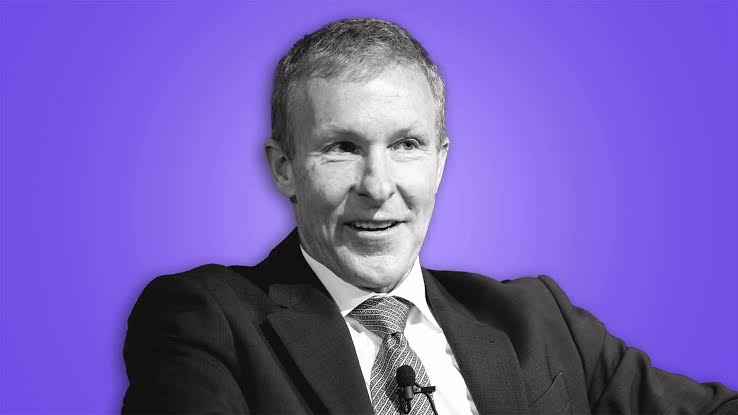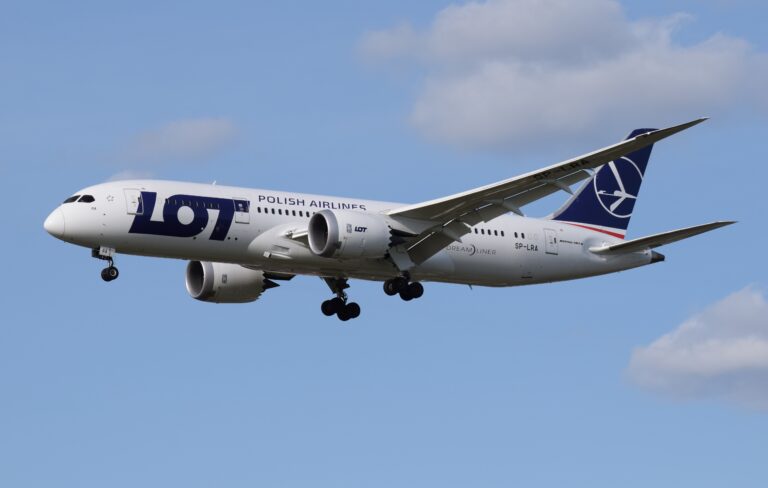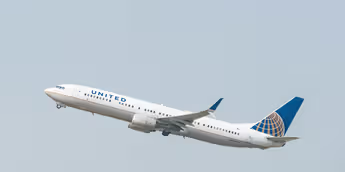United Airlines CEO Scott Kirby Sparks Uproar with Bold Statement
Identify your core customers and tailor everything for them. But also, find the biggest market possible!
Come up with a perfectly orchestrated and well-tested marketing message. But also, be authentic!
Great leaders are the ones who make decisions and stick with them. But also…
Actually, that last “but also… ” is the entire point of today’s story.
Featured VideoIt comes to us courtesy of Scott Kirby, CEO of United Airlines, who did an interview with Fortune recently and explained a surprising part of what he says is his leadership and decision-making style:
“The only decisions I should be making are the decisions that only I can make. They’re hard, there’s no clear right or wrong answer, and there’s a risk no matter what you do.”
I like the first 15 words of that quote for the symmetry alone, but let’s drill down.
As CEO, Kirby is running a $16.7-billion company (roughly) with more than 100,000 employees and more than 4,500 daily flights.
There is simply no way that a CEO could even be aware of most of the big decisions that have to be made every day in an organization that size even if he wanted to, never mind weigh in on them.
So, a CEO has to prioritize.
And in leaving the vast majority of decisions to other people in the company — who are presumably a lot closer to the facts that inform those decisions — he or she also creates a culture in which everyone else is empowered and trusted.
Now, there’s a twist to this story, which is that Kirby came to the job of CEO with a reputation for being a very hands-on decision maker, and with a very long history in the airline industry to look at.
And he came to United after working very closely with Doug Parker, the former CEO of American Airlines, for many years.
Thus, as I thought of Kirby’s discussion of the challenge of a CEO to make fewer decisions, I immediately thought of one of the more insightful life-of-a-CEO anecdotes I’ve seen in covering this sort of thing for more than a decade — which came, ironically, from Parker.
In short, Parker once explained that when he traveled on his airline, he learned that he had to be careful about not making corrections or suggestions to employees in the moment.The reason? Word could spread very quickly about whatever suggestion he might make, and that could lead to people thinking that a marginally important, in-the-moment comment was a bigger deal than he intended.
“You don’t want to change the priority of something that wasn’t a priority,” I quoted Parker saying at the time. “You want to be careful not to have people drop what they are doing so they can take care of something you noticed.”
I think both of these descriptions — Kirby’s and Parker’s, separated by a few years — provide an unexpected window into what life is really like when you become the chief executive of something much bigger than most of us ever imagined creating on our own.
In short, it’s not just that “the buck stops here” or that the CEO is always responsible for everything.
Instead, it’s more that you have to learn to accept that you can’t control a vast number of things in your organization. So, you have to focus on the few that matter most while creating a culture that encourages people to take responsibility throughout.
It turns out the real trick isn’t learning to make great decisions and stick with them.
Instead, it’s about learning to identify only the very few decisions that you can’t push down to anybody else.
That applies if you’re running an international airline — or just about anything else.






